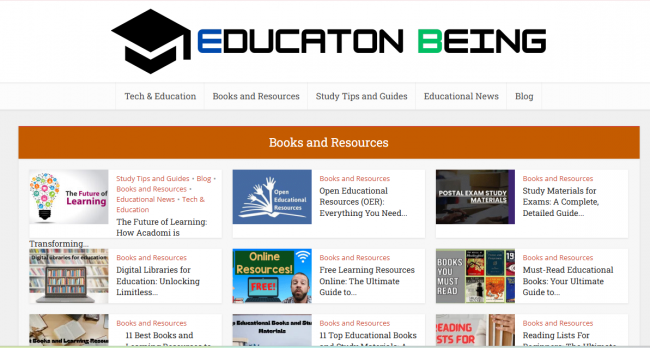Turning Feedback Into Fuel
Feedback often feels like a mirror we didn’t ask for. Sometimes it flatters us, showing our strengths in sharp detail. Other times, it highlights flaws we’d rather not see. But whether it stings or soothes, feedback is one of the most powerful tools for growth if we know how to use it.

In my years of writing, leading teams, and working with clients, I’ve learned that feedback is rarely about judgment; it’s about potential. The trick is to stop treating it as a verdict and start treating it as fuel.
The Emotional First Step: Sitting With Discomfort
Let’s be honest: nobody loves criticism. Even constructive feedback can trigger defensiveness. A natural reaction is to explain ourselves or to dismiss the comment altogether. But those few seconds of discomfort are where transformation begins.
Instead of rushing past the sting, pause. Ask yourself: Why does this feedback feel uncomfortable? Often, it’s because it touches something we secretly know we could improve. By sitting with that discomfort, we turn a bruised ego into an open door for progress.
Reframing Feedback: From Threat to Resource
Feedback can be categorized into three types:
- Appreciation – recognition for work done well.
- Coaching – suggestions for how to improve.
- Evaluation – judgment of performance against a standard.
When we mix these up, feedback feels heavier than it is. If someone is coaching you, but you take it as an evaluation, you may feel judged instead of supported. Clear separation makes feedback easier to digest.
A practical tip: before reacting, silently label the feedback. Is this appreciation, coaching, or evaluation? That small mental step helps you respond with clarity instead of emotion.
Turning Insights Into Action
Feedback has no real value until it shapes behavior. Think of it like fuel in a tank, it won’t move you anywhere unless you actually drive.
- Look for patterns, not one-off comments. One person’s opinion may reflect personal taste, but repeated feedback across different people signals a true growth area.
- Break it into micro-actions. If the feedback is “You need to communicate better,” don’t stop there. Translate it into specifics: “Summarize emails in three bullet points” or “Ask clarifying questions in meetings.”
- Track the before-and-after. Measuring progress turns feedback into a living process rather than a one-time event.
The Balance: Listening Without Losing Yourself
There’s a danger in chasing every piece of feedback. If you try to satisfy everyone, you end up diluting your voice and your work.
The key is discernment. Not all feedback deserves equal weight. Consider the source. Is this person experienced in the area they’re critiquing? Do they understand your goals? Are they giving feedback in good faith?
When the answer is no, take the lesson lightly. Growth doesn’t mean abandoning your values; it means refining them.
Building a Feedback Culture
Feedback thrives when it’s mutual. Leaders who only give feedback but never invite it create an imbalance. The healthiest teams build two-way streets where opinions flow freely, without fear.
Simple practices make this possible:
- Regular check-ins where feedback is expected, not awkward.
- Phrasing feedback as observations, not accusations.
- Sharing positive notes as often as constructive ones.
- When feedback becomes routine, it loses its sting and gains its value.
Closing Thought: The Long View
Think about some of the most successful people you admire. Chances are, they didn’t get there by ignoring feedback. They got there by absorbing it, processing it, and deciding how to use it.
Feedback is not a final word, it’s a draft. And every draft can be revised. When we stop seeing feedback as judgment and start seeing it as collaboration, we unlock growth that feels both personal and sustainable.
In the end, turning feedback into fuel isn’t just about becoming better at work. It’s about becoming a little more self-aware, a little more resilient, and a little more open to the idea that growth is a lifelong conversation.











Comments